The Best Tips For Garden Care This Winter!
Worried about your plants as the cold creeps in? Perhaps it's the delicate vines, the newly planted trees, or your indoor perennials. Preparing for winter is an investment in next year's lush growth. Helping your plants survive through winter requires a lot of care and effort. TN Nursery provides some useful tips to help winterize your plants. Save yourself the trouble and money to buy new plants later by taking care of your plants now!
Are you ready to give your leafy friends their best chance at surviving through the cold months ahead? Let's explore how, together.
Effective Strategies For Winter Garden ❄️
Mulch Your Perennials
Water Carefully
Cover the Young Plants
Avoid Heavy Pruning
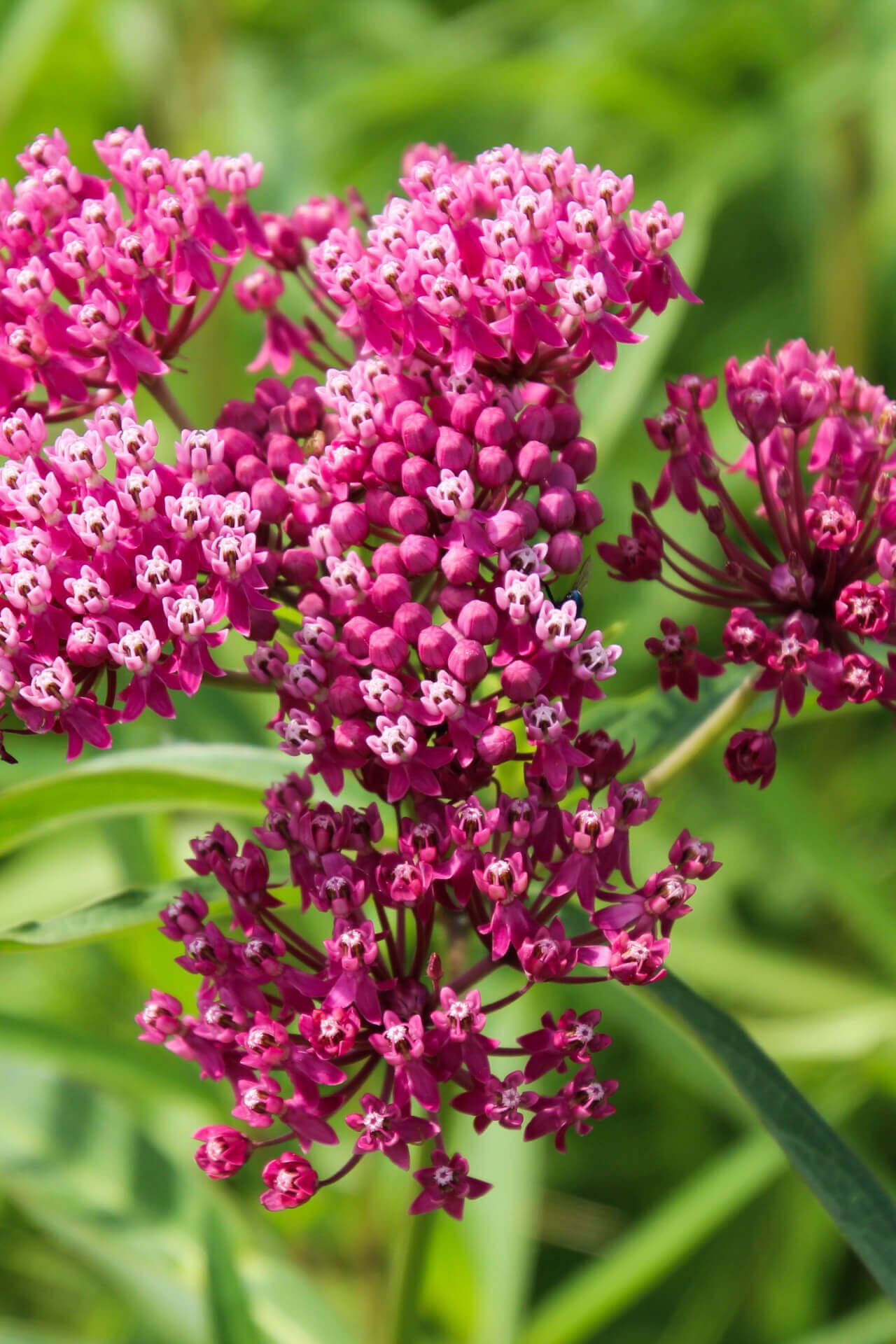
Milkweed Plant
As the days shorten and temperatures plummet, gardeners should focus on winterizing their milkweed flora. These important host plants for monarch butterflies need some care to ensure they endure the frigid months and bounce back robustly in spring.
Begin by evaluating your milkweed varieties. Common milkweed plants exhibit considerable hardiness and require minimal preparation, while tropical milkweed species might require additional safeguarding. For all types, the area surrounding the plants should be tidied, with any deceased foliage or stalks being removed to avoid disease.
Mulching is deemed an essential step in safeguarding milkweed roots from freezing temperatures. A 2-3 inch coating of organic mulch, such as hay or wood chips, should be applied around the plant base after the initial frost. This insulating stratum aids in regulating soil temperature and moisture levels. For milkweed grown in containers, particularly less hardy varieties, the pots should be relocated to a sheltered area like a garage or cellar. Watering should be done sparingly during winter, just enough to prevent the soil from becoming entirely desiccated.
Lastly, fertilization of milkweed in late autumn should be avoided, as this could stimulate new growth that won't have sufficient time to toughen before winter arrives. By implementing these measures, your milkweed plants will be adequately prepared to withstand the cold and emerge ready to support monarchs in the subsequent year.
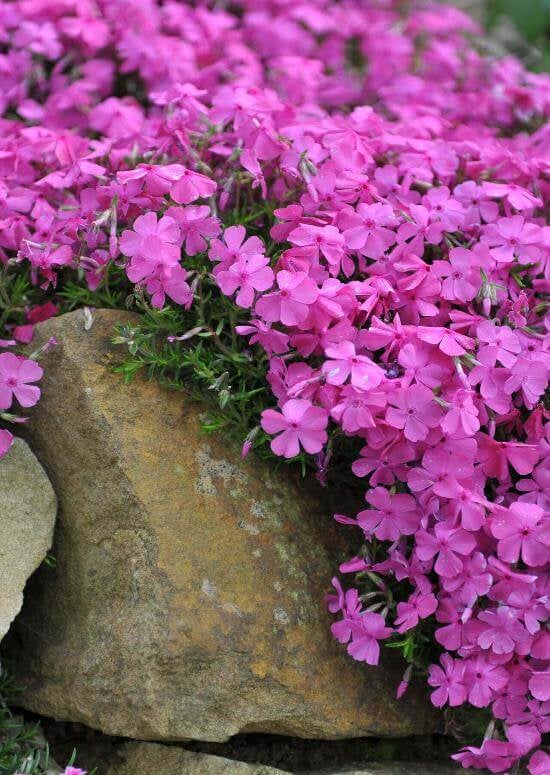
Creeping Phlox
As autumn transitions into winter, you'll need to focus on preparing creeping phlox for the cold months ahead. This low-growing perennial, cherished for its vibrant spring display, requires a bit of attention to ensure it thrives when the weather warms up again.
Start by examining your phlox for any dead or diseased foliage, and remove it to prevent problems from lingering through winter. Creeping phlox doesn't typically require trimming, as its evergreen leaves offer winter interest and natural protection for the plant.
Another important tip is to add a layer, about 3 inches, of organic mulch to your plant. Pine needles or shredded leaves would be just fine for this! Mulching will help your plant by regulating soil temperature and water content, thus, shielding the roots from freezing and thawing cycles.
While the plants are generally cold-hardy, their roots are more exposed in containers. Water sparingly throughout winter—just enough to keep the soil from completely drying out.
Lastly, avoid fertilizing in late fall, as this can promote new growth that won’t have time to toughen up before freezing temperatures set in. By following these simple steps, your creeping phlox will be ready to burst into color when spring arrives.
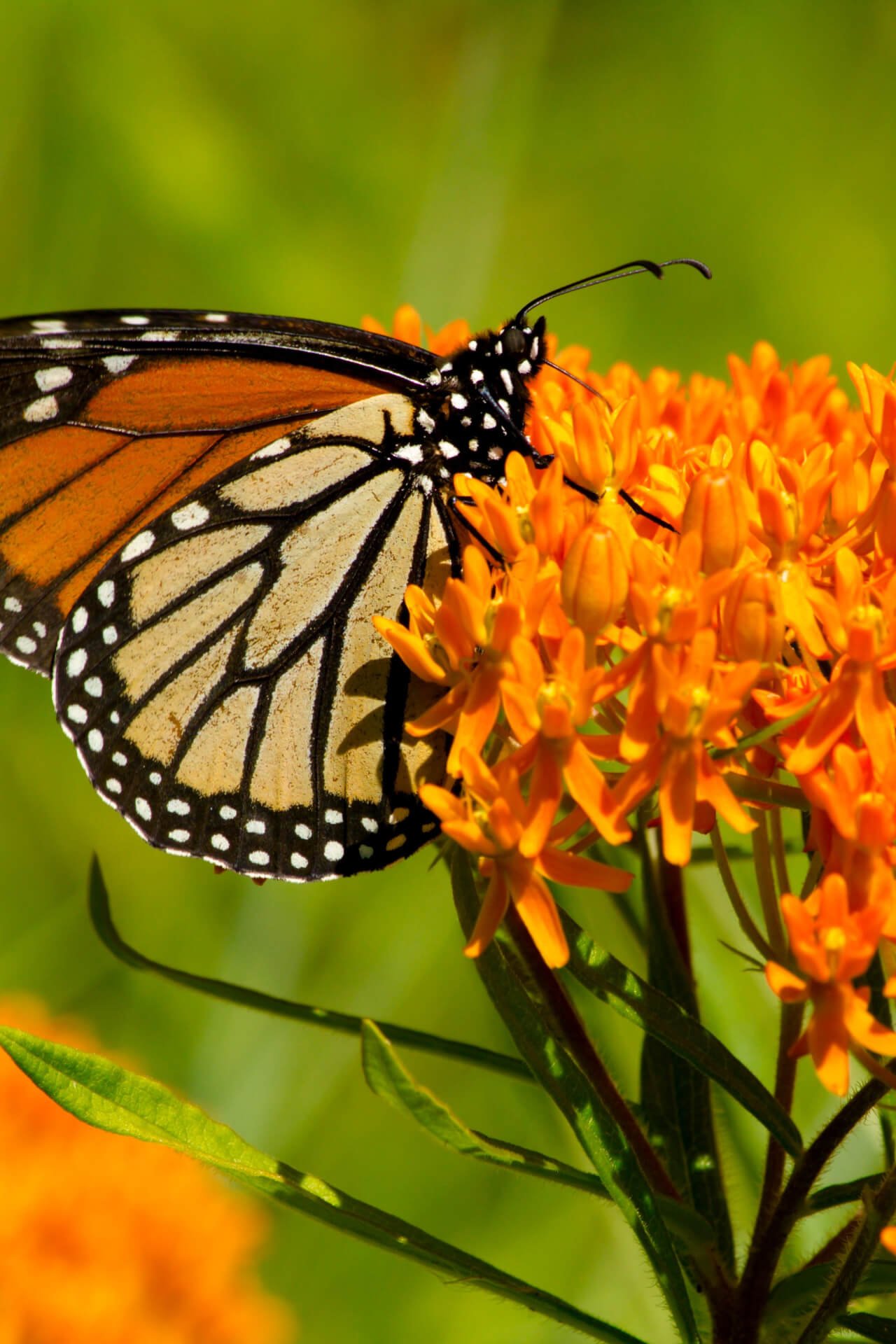
Butterfly MIlkweed
As the growing season comes to an end, butterfly milkweed requires a extensive care for it to survive the winter. This perennial needs proper winter prep to ensure it survives winter & grow strong in the spring season.
Begin by checking the condition of your butterfly milkweed. Don't panic if the leaves start to wither a little after the first frost, it's normal! At this point, cut the stems back to about five inches above the ground. Doing so minimizes the risk of snow damage and any disease overwintering in the plant.
Mulching is crucial for protecting the plant’s roots during winter. Once the ground has frozen, apply a thick layer of organic mulch around the base. This will protect your plant from sudden temperature changes. If you’re growing butterfly milkweed in containers, move the pots to a sheltered spot, like an unheated garage or basement. Although cold-hardy, the plant’s roots are more vulnerable in containers. Water sparingly through the winter, just enough to prevent the soil from completely drying out.
It’s also best to avoid fertilizing butterfly milkweed in late fall, as this could trigger new growth that won’t survive the winter. With these steps, your butterfly milkweed will be well-prepared for winter and come back thriving in the spring, ready to support local monarchs.
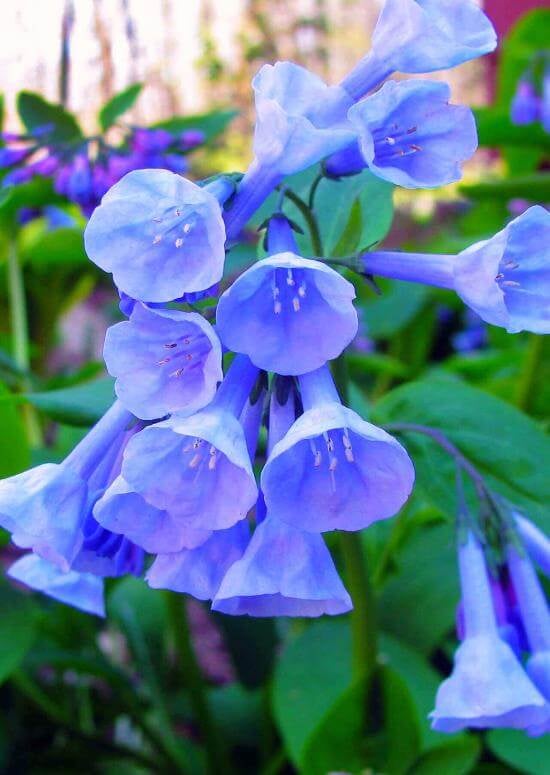
Virginia Bluebell
If you are someone with beautiful violet Virginia Bluebells in your backyard, following tips will come in handy to prepare your plant for winter. These delicate spring ephemerals require thoughtful care to ensure they emerge beautifully when winter retreats.
Begin by allowing Virginia bluebells to complete their natural life cycle. As summer progresses, the foliage will yellow and die back. Don' worry! Resist the urge to cut the dying foliage, let the plant store energy in its roots for next year's growth.
Once the foliage has completely dried, it can be gently removed to tidy the garden. However, leaving some leaf litter in place can provide natural mulch and protection for the dormant plants. Little tips go a long way!
Mulching plays a crucial role in winter protection for Virginia bluebells. After the ground has frozen, apply a thick layer of organic mulch over the area where the plants grew. This insulating layer helps protect the dormant roots from freeze-thaw cycles and maintains soil moisture.
If you have been growing the plant indoors or in pots, move the containers to a sheltered area like an unheated garage or cold frame. While these plants are cold-hardy, their roots are more vulnerable in pots. Water sparingly during winter, just enough to prevent the soil from completely drying out.
Avoid fertilizing Virginia bluebells in the fall, as they are dormant and unable to utilize the nutrients. With these care steps, your Virginia bluebells will be well-prepared to weather the winter and greet early spring with their enchanting blue blooms.
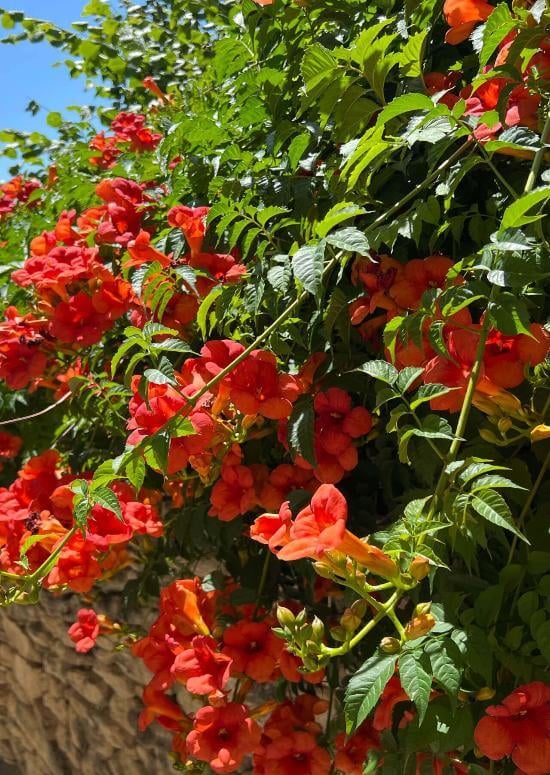
Trumpet Vines
As the days shorten and temperatures drop, you should turn your attention to preparing trumpet vines for winter. These vigorous climbers benefit from proper winterization to ensure healthy growth in the coming year.
While these plants are known for their robust growth, winter preparation is an ideal time for strategic pruning. Remove any dead, damaged, or diseased branches. Consider cutting back some of the longer vines to manage the plant's size and shape, but avoid heavy pruning as this can stimulate new growth vulnerable to winter damage.
Another useful tip is to add a layer, about 3 inches, of organic mulch to your plant. Wood chips or straw would be just fine for this! Mulching will help your plant by regulating soil temperature and water content, thus, shielding the roots from freezing and thawing cycles.
For container-grown trumpet vines, move pots to a sheltered area like an unheated garage or against a house wall. While these plants are generally hardy, their roots are more vulnerable in containers. Water sparingly during winter, just enough to prevent the soil from completely drying out.
Avoid fertilizing trumpet vines in the fall, as this can encourage new growth that may not harden before winter arrives. By following these steps, your trumpet vines will be well-prepared for the colder months!
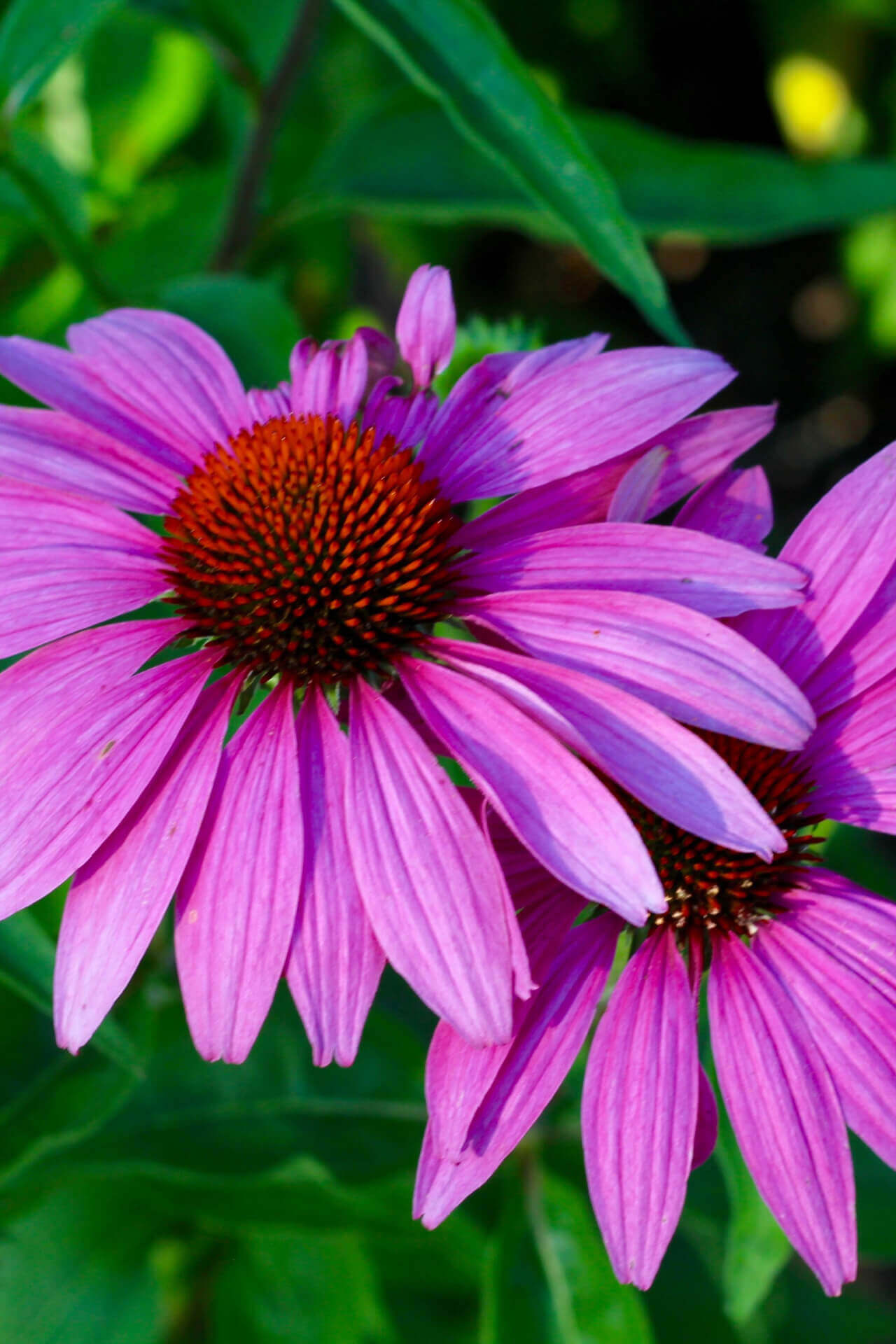
Coneflower Pine
As autumn's chill sets in, gardeners should focus on preparing coneflowers for the winter ahead. These hardy perennials benefit from proper winterization to ensure vigorous growth and abundant blooms in the following season.
Evaluate your coneflowers' condition for a start. After the first frost, the foliage will naturally die back. While it's tempting to cut the plants to the ground for a tidy appearance, consider leaving the stalks and seed heads in place. These provide winter interest in the garden and offer food for birds.
If you choose to trim your coneflowers, wait until late winter or early spring. Cut the stems to about four inches above the ground. This practice helps protect the crown of the plant from extreme cold.
Consider mulching the plant as well. During the first few months of winter, add a 3 three inch layer of shredded leaves or any organic mulch over that plant soil. The insulation is necessary to protect the plant against freezing-thawing cycles or any sudden moisture change.
In regions with particularly harsh winters, consider adding an extra layer of protection. A covering of evergreen boughs can be placed over the mulched area, providing additional insulation against extreme cold snaps and protection from winter winds.
For indoor coneflowers, move the pots to a sheltered area like an unheated garage or against a house wall. Water occasionally during winter, just enough to keep the soil from completely drying out. While these plants are cold-hardy, their roots are more vulnerable in containers.
Avoid fertilizing coneflowers in autumn, as this can stimulate new growth that won't have time to harden off before winter. By implementing these measures, your coneflowers will be well-prepared to weather the cold months and return with vigor in spring, ready to attract pollinators and add beauty to your garden.

White Pine Seedlings
To prevent your White Pine from withering during the coming winter, the following tips might be useful.
Start with adding a protective layer of organic mulch around the base of the trunk. A thick layer of organic mulch, about three to four inches, will provide the necessary insulation for the roots from extreme temperatures. Shredded leaves or straw would work just fine for this! However, make sure to leave some space empty between the mulch and the trunk to prevent it from rotting
Water the seedlings thoroughly before the ground freezes, as they need adequate moisture to stay hydrated through the winter. However, avoid overwatering, as soggy soil can lead to root rot.
Consider wrapping the seedlings in burlap if they’re in an area exposed to strong winter winds. This reduces the risk of windburn and moisture loss from the needles. Additionally, place a physical barrier like a small fence around the seedlings to protect them from hungry wildlife, such as deer and rabbits, who might nibble on the tender bark in winter.
Finally, avoid pruning the seedlings in late fall, as it can stimulate new growth that's vulnerable to frost damage. Instead, wait until spring when the threat of frost has passed. Proper winter care will ensure your White Pine seedlings thrive when the warmer months return.
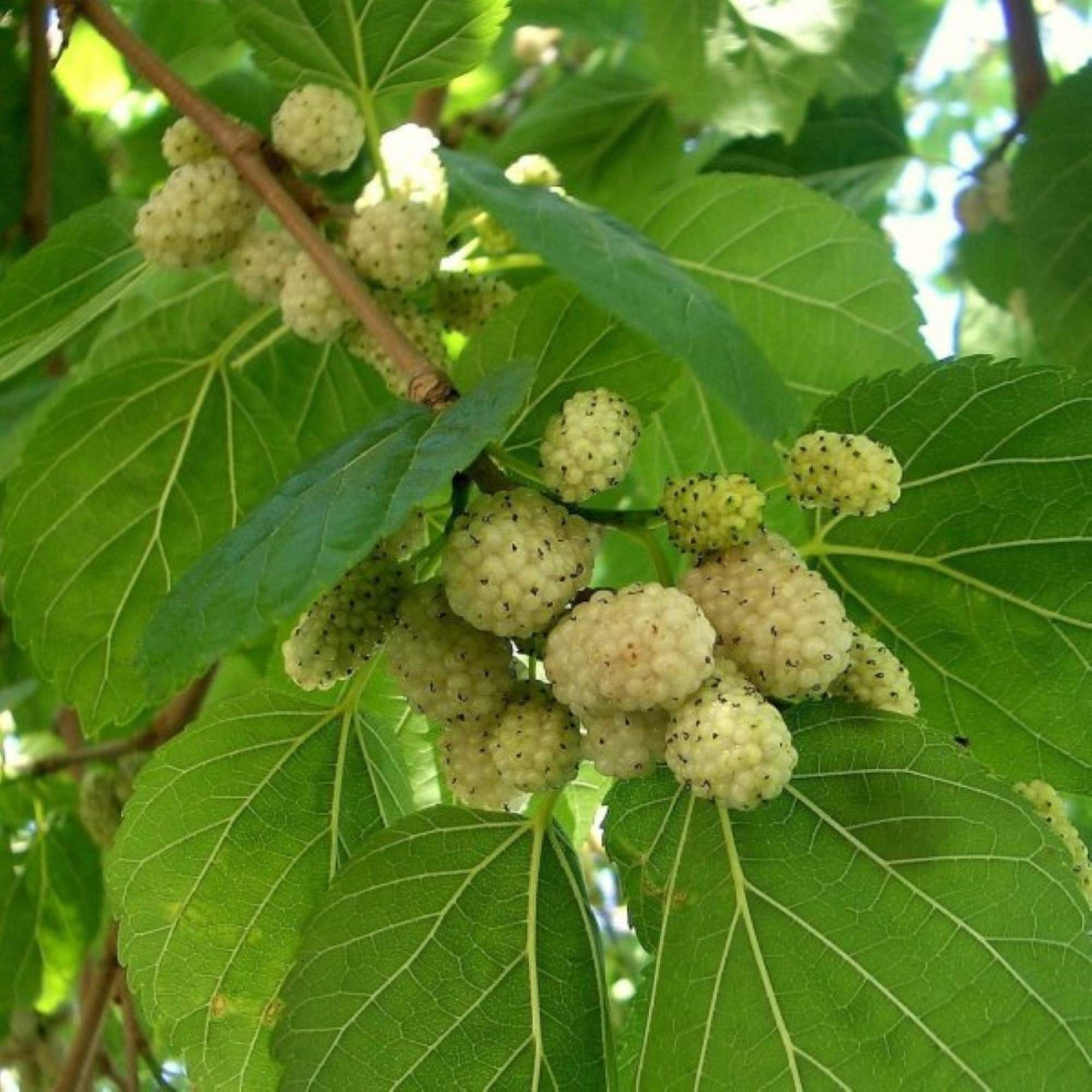
White Russian Mulberry Tree
Winterizing a White Russian Mulberry tree involves a few key steps to keep it strong through cold weather. Basic care includes applying a thick organic mulch layer around the tree’s base. Mulch, like shredded bark or straw will regulate soil temperature and retain moisture, ensuring the roots stay healthy.
It is important to water the tree well during the first few weeks of winter, to help roots store enough moisture for the rest of the season. The key is to find a midway between watering too little or too much. Keep the soil moist, but avoid flooding, as standing water can cause root rot. Young mulberry trees may benefit from a tree wrap to shield them from harsh winds.
If you live in an area with heavy snowfall, mildly shake off the snow from the tree to prevent the breakage. Pruning should be done at winter-end or early spring, as this reduces the risk of disease and allows for healthy new growth in the spring.
With proper mulching and watering, your White Russian Mulberry tree will be well-prepared to handle winter and emerge healthier once the weather warms up.
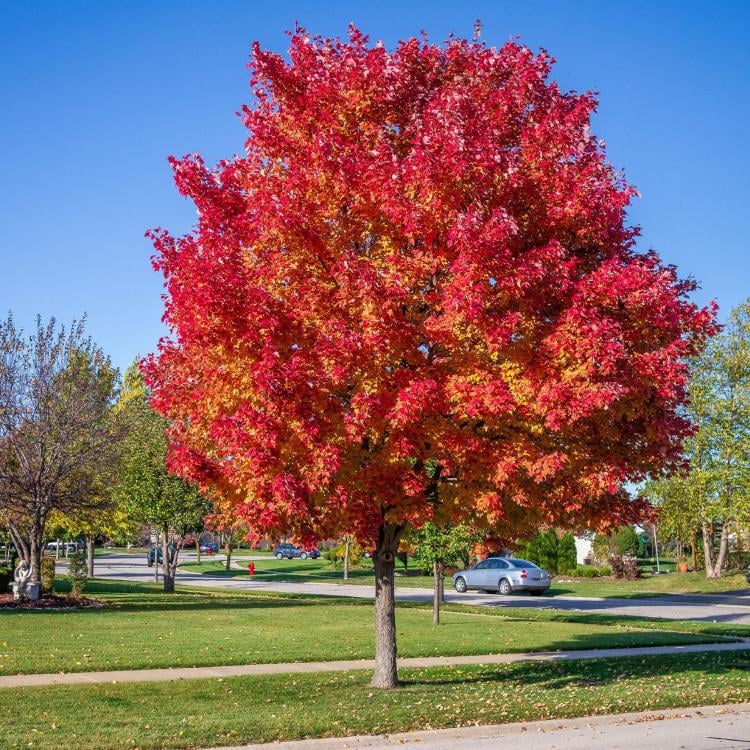
RedSunset Maple Tree
Preparing a Red Sunset Maple tree for winter starts with a generous application of mulch. Spread a 3-inch layer of organic mulch, like wood chips, around the tree’s base but avoid piling it directly against the trunk. This protects the roots from freezing temperatures and keeps the soil warm.
Hydration is crucial for Red Sunset Maples, so water deeply in late fall before the ground freezes. Moist soil helps the tree stay hydrated throughout the winter months. If your region experiences dry winters, continue watering as long as the soil isn’t frozen.
For newly planted maples, wrapping the trunk with a tree guard will be useful to prevent frost cracks. These wraps also protect the tree against harsh winter winds, which can dry out the bark. Avoid heavy cutting at the end of autumn, as the new branches or leaves won’t be strong enough to survive the colder months. Early spring or late winter are the best months to do all the trimming.
Following these tips will help your Red Sunset Maple prepare for the winter season

Forest Pansy Redbud
To prepare a Forest Pansy Redbud for winter, start with a solid layer of mulch around the tree’s base. Use 2-3 inches of mulch made from organic materials like wood chips or leaves to insulate the roots. This will protect the tree from cold temperatures and help retain moisture in the soil.
Ensure the tree is well-watered before the ground freezes, as this helps it store moisture throughout winter. If the winter is particularly dry, occasional watering during warmer spells can keep the roots from drying out. Young Forest Pansy Redbuds or those in exposed areas might benefit from being wrapped in burlap or tree guards to protect against strong winds and prevent frost damage. These trees are also susceptible to sunscald, so wrapping the trunk can prevent this as well.
Cut back dead or damaged branches during the end of cold months to encourage better growth in the following spring season. Avoid fertilizing in late autumn, as this can promote new growth that may not be strong enough to survive the winter.
With proper mulching, watering, and protection from the elements, your Forest Pansy Redbud will stay strong through winter and be ready to thrive come springtime.
Frequently Asked Questions
🌳Can I make my own organic mulch?
Yes! You can create your own mulch by composting yard waste, shredding leaves, or collecting grass clippings.
🌳What shaded areas are best for my potted plants during winter?
For winter protection, place potted plants in shaded spots that offer some shelter from harsh weather. Ideal locations include:
- Under a porch or covered patio
- Against a north-facing wall
- In a garden shed or greenhouse
- Under dense evergreen trees
🌳What to do if I have trimmed the Trumpet Vine plant of too short in winters.
If you’ve trimmed your trumpet vine too short, it should recover in spring. Protect it from extreme cold and avoid further pruning. Proper care and watering will help it bounce back.
🌳 What basic care does the Forest Pansy Redbud need in winter?
Mulch the base, water before freezing, and wrap young trees to protect them from frost and wind damage.















































































































